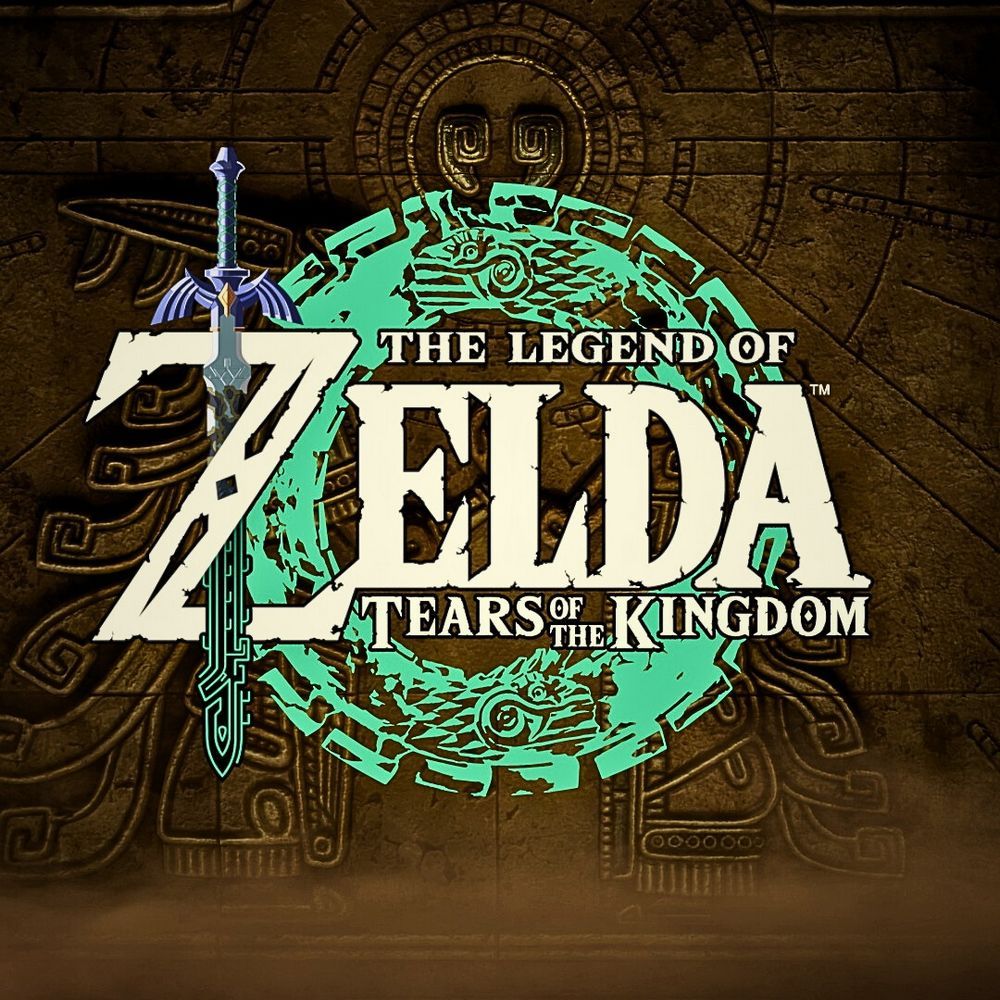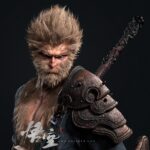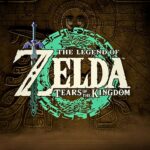
The Legend of Zelda
All trademarks belong to their respective owners.Popular Now
 Free Fire
Free Fire
 Grand Theft Auto V
Grand Theft Auto V
 Valorant
Valorant
 Among Us
Among Us
 Black Myth: Wukong
Black Myth: Wukong
 BeamNG.drive
BeamNG.drive
 Toca Boca World
Toca Boca World
 Fall Guys
Fall Guys
 The Legend of Zelda
The Legend of Zelda
 EA SPORT FC 25
EA SPORT FC 25 Breaking the Mold: How Breath of the Wild Revolutionized The Legend of Zelda
In 2017, The Legend of Zelda: Breath of the Wild didn’t just win countless Game of the Year awards; it fundamentally reinvented the beloved Zelda series and arguably redefined the entire open-world genre. After years of iterating on a formula perfected by Ocarina of Time, Nintendo bravely tore down conventions, ushering in an era of unparalleled player freedom, emergent gameplay, and a revitalized sense of exploration. This wasn’t just another Zelda game; it was a philosophical shift, transforming Hyrule into a vast, interactive playground where every decision, every experiment, and every stumble led to a unique and unforgettable adventure. Breath of the Wild’s legacy lies not only in its critical acclaim but in its profound impact on future game design and its revitalization of a classic franchise.
A Radical Reimagining of Open-World Design
Breath of the Wild’s most immediate and impactful change was its approach to the open world.
- Unprecedented Freedom: Unlike previous Zelda games or many contemporary open-world titles that relied on quest markers and linear progression, BotW dropped players into a massive Hyrule with almost no hand-holding. Players could go anywhere, tackle any objective (even the final boss) from the outset. This “go anywhere, do anything” philosophy became its defining characteristic.
- Emergent Gameplay: The world wasn’t just open; it was interactive. A robust physics engine, chemistry system, and dynamic weather allowed for emergent gameplay. Players could chop down trees to make bridges, use updrafts from fires to paraglide, magnetize metal objects to solve puzzles or move enemies, and manipulate ice to cross water. Solutions to puzzles or combat encounters were rarely prescribed, leading to incredible player creativity and unique approaches.
- Environmental Storytelling: The narrative was largely told through the environment. The ruins of Hyrule Castle, the decaying Guardians, and the scattered memories painted a picture of a world ravaged by the Calamity, inviting players to piece together the story through exploration rather than cutscenes.
- Horizontal and Vertical Exploration: The ability to climb almost any surface (limited only by stamina) and paraglide from high vantage points revolutionized exploration, making verticality as important as horizontal traversal. Every mountain became a potential destination, and every cliff edge an opportunity.
Breaking Zelda Conventions: A Bold New Formula
Breath of the Wild bravely shed many long-standing Zelda traditions to foster its new design philosophy.
- Non-Linear Dungeons (Divine Beasts & Shrines): Gone were the large, sprawling, themed dungeons of old. Instead, BotW introduced around 120 smaller Shrines (mini-dungeons focused on single puzzles or combat challenges) and four Divine Beasts (large, mechanical dungeons that could be manipulated and approached in any order). This allowed for more digestible chunks of puzzle-solving and less forced linearity.
- Weapon Durability: A controversial but crucial mechanic. Weapons break after use, forcing players to constantly adapt their combat strategy, experiment with new weapons, and manage their inventory. This encouraged resourcefulness and dynamic combat.
- The Sheikah Slate as the Core Toolset: Instead of acquiring a new item in each major dungeon, Link gained a core set of Runes on the Sheikah Slate early on (Stasis, Magnesis, Cryonis, Remote Bombs). These versatile tools were then used creatively to solve almost every puzzle and combat scenario, promoting experimentation and open-ended solutions.
- Voice Acting: A first for a main Zelda game, adding a new layer of character and emotional depth to key narrative moments.
- Minimalist Storytelling: While there was a central plot, much of the narrative was optional or discovered through exploration and collecting memories, empowering players to engage with the story at their own pace.
Lasting Impact and Future Influence
Breath of the Wild’s innovative design had a profound impact, both within The Legend of Zelda series and across the wider gaming industry.
- A New Standard for Open World: Many subsequent open-world games have adopted elements of BotW’s design, particularly its emphasis on player freedom, emergent gameplay, and environmental interaction.
- Revitalized the Franchise: After a period where some felt Zelda was becoming too formulaic, BotW breathed new life into the series, attracting a massive new audience and re-energizing long-time fans.
- Tears of the Kingdom’s Foundation: Breath of the Wild’s success directly led to Tears of the Kingdom, which built upon and expanded its design philosophy with radical new mechanics like Ultrahand and Fuse, further pushing the boundaries of player creativity and emergent gameplay.
- Critical and Commercial Success: BotW was a runaway success, selling tens of millions of copies and receiving near-universal critical acclaim, cementing its place as one of the greatest video games of all time.
The Legend of Zelda: Breath of the Wild was a courageous and visionary gamble that paid off spectacularly. By challenging long-held conventions and embracing a philosophy of unparalleled player freedom, it not only revolutionized The Legend of Zelda but also set a new benchmark for open-world game design. Its legacy continues to shape the future of gaming, ensuring that the spirit of boundless exploration and creative problem-solving remains at the forefront of the adventure.
What was the most surprising or unexpected moment of emergent gameplay you experienced in Breath of the Wild?
Rating
PROS
- An immense, dual-layer overworld that redefines the exploration of Hyrule
- Inventive gameplay mechanics such as vehicle customization
- An engaging storyline that breathes new life into the series’ classic motifs
- A world design that respects player autonomy and encourages natural discovery
- Vast content that extends well beyond 100 hours of gameplay.
CONS
- The storytelling structure may feel sparse to some, with significant portions of the narrative occurring away from the main gameplay.
